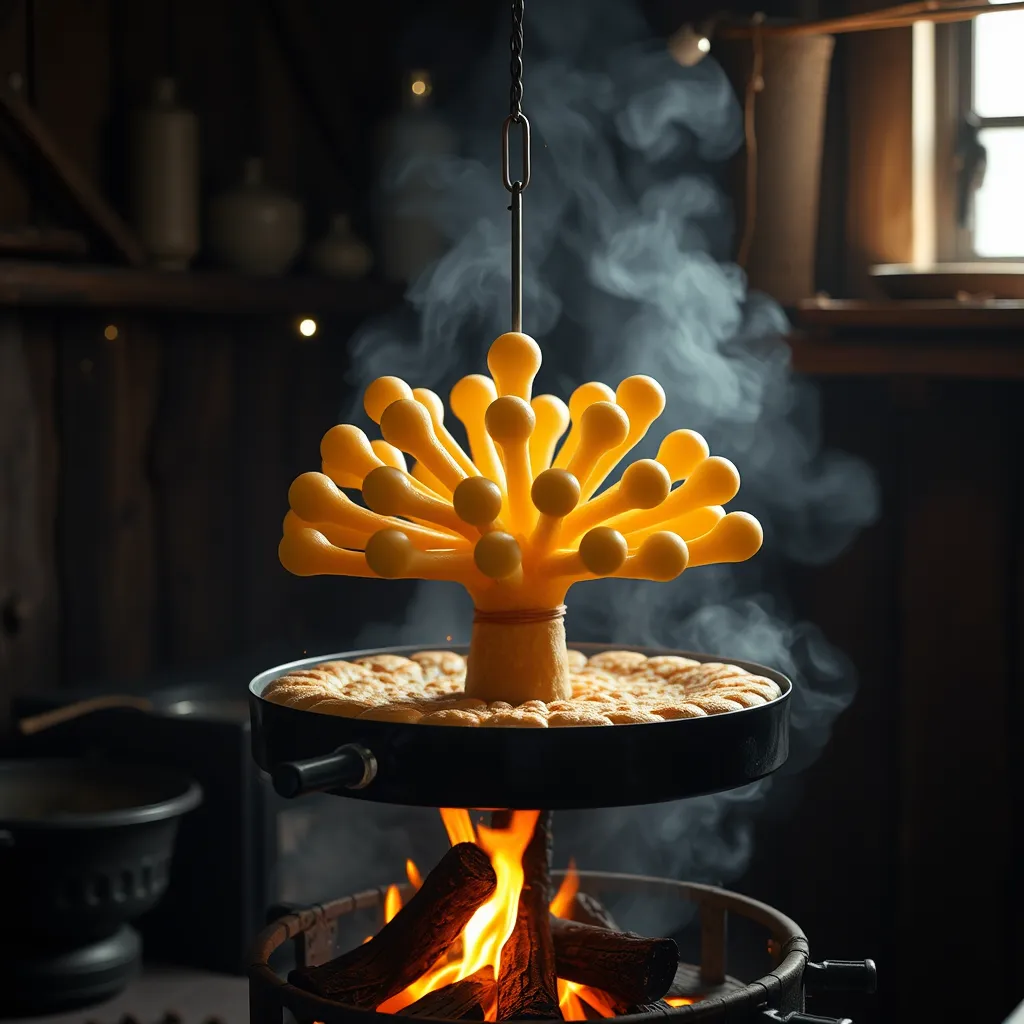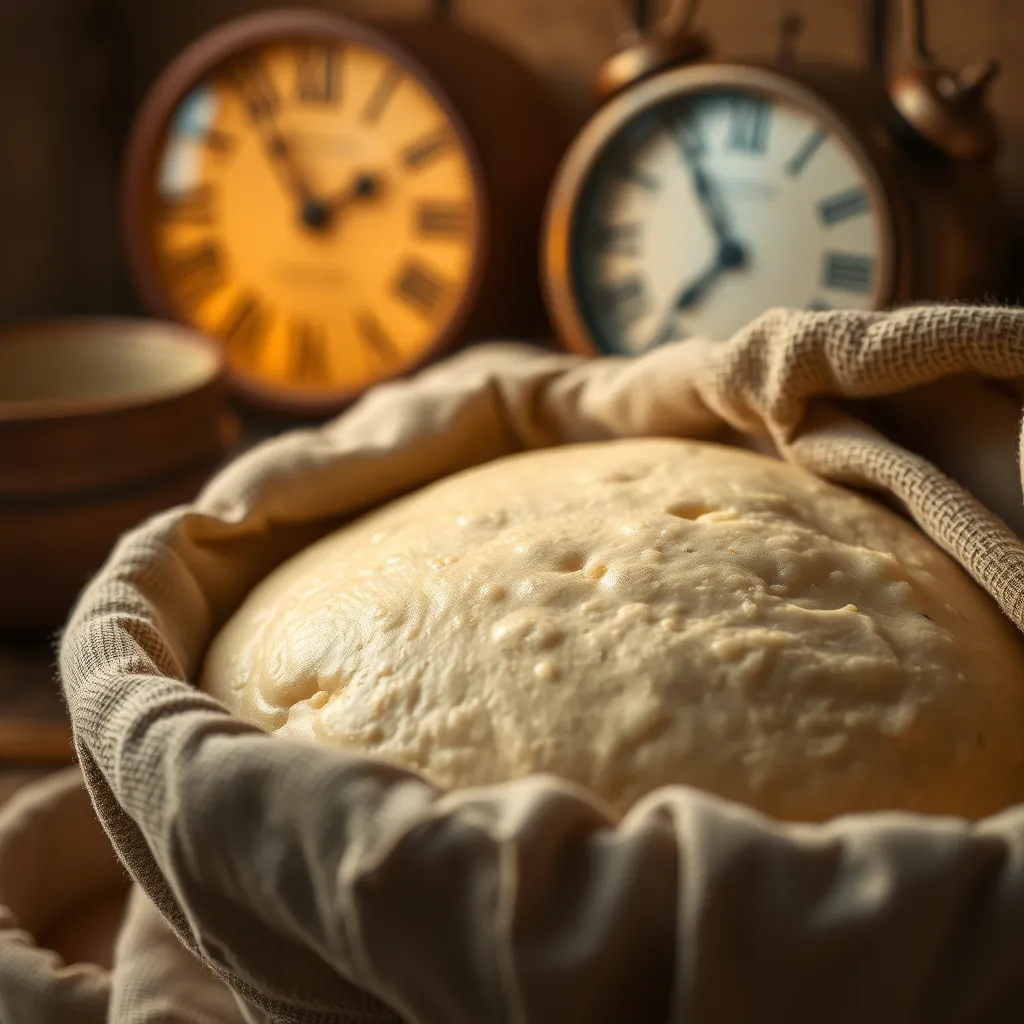Discover the Heartwarming Flavours of Lithuania
Immerse Yourself in Authentic Lithuanian Ingredients and Dishes
A Culinary Journey: Discover Lithuanian Food, Ingredients, and Cooking Traditions
https://notebooklm.google.com/notebook/f94815ba-a942-44cc-9847-cfdd70ac6f27/audio
Lorem ipsum
This is a code block. You can edit this block using the source dialog.

Traditional Lithuanian Dishes
Experience the hearty flavours of Lithuania with dishes like Cepelinai, cold beet soup (Šaltibarščiai), and Kugelis, reflecting the essence of Baltic culinary traditions.

Key Ingredients
Lithuanian cuisine is rich in root vegetables, dairy products, and meats, using ingredients like potatoes, beets, mushrooms, and curd cheese to create comforting and flavourful meals.

Cooking Traditions
Discover the rich cooking traditions where recipes are passed through generations, combining slow-cooking techniques and the use of natural, seasonal ingredients to preserve the authentic flavors.
Exploring Lithuanian Cuisine: From Traditional Ingredients to Authentic Dishes

Hearty Potato Dishes
Potatoes are a staple in Lithuanian cuisine, forming the base of many traditional dishes like cepelinai, kugelis, and potato pancakes.

Fresh and Fermented Dairy
Lithuanian cuisine heavily features dairy products, both fresh and fermented, such as curd cheese, sour cream, and kefir.

Forest Bounty in Lithuanian Soups
Mushrooms, berries, and herbs from Lithuania's forests enrich various soups and stews, like the popular šaltibarščiai (cold beet soup).
Unveiling the Flavors of Lithuania: A Guide to Its Food, Ingredients, and Recipes and any Allergic issues to watch out for.

Traditional Lithuanian Ingredients
Lithuanian cuisine heavily relies on staples like potatoes, beets, rye, and dairy products.

Signature Dishes
Dishes like Cepelinai (potato dumplings) and Šaltibarščiai (cold beet soup) are central to Lithuanian cuisine.

Allergic Considerations
Common allergens like gluten, dairy, and nuts are prevalent in many Lithuanian dishes, requiring careful attention for allergic individuals.
Discover the ingredients and how to cook Cepelina.

Traditional Ingredients
Cepelina, a Lithuanian delicacy, is made from potatoes, pork, onions, and spices. These ingredients are staples in the local cuisine.

Preparing the Filling
The filling for Cepelina typically consists of minced pork mixed with finely chopped onions, salt, and pepper, creating a savory and flavorful core.

Shaping and Cooking
The potato dough encases the meat filling, which is then boiled and served with sour cream or bacon sauce, resulting in a hearty and delicious dish.
Discover the ingredients and how to cook Šaltibarščiai

Traditional Ingredients of Šaltibarščiai
Šaltibarščiai is a cold beet soup made with beets, kefir, cucumbers, and dill. It is often garnished with hard-boiled eggs and served with boiled potatoes.

Preparation Process for Šaltibarščiai
To prepare Šaltibarščiai, cook and grate beets, chop cucumbers and dill, mix with kefir, and season with salt. Serve it chilled, garnished with hard-boiled eggs and dill.

Presentation of Šaltibarščiai
Šaltibarščiai is typically served in a bowl with a side of boiled potatoes. The striking pink color makes it a visual delight, complemented by the green dill and yellow eggs.
Discover the Ingredients and How to Cook Kibinai

Traditional Ingredients of Kibinai
Kibinai is made using a rich filling of minced meat, onions, and herbs wrapped in a buttery pastry.

Preparing the Dough
The dough for Kibinai is prepared by mixing flour, butter, salt, and water until a smooth dough forms.

Filling and Baking Kibinai
The minced meat mixture is spooned into rolled-out dough circles, folded, and crimped before being baked to a golden brown.
Discover the ingredients and how to cook Balandėliai

Traditional Ingredients
Balandėliai, also known as Lithuanian stuffed cabbage rolls, are made of minced pork, beef, rice, and wrapped in cabbage leaves.

Preparation of the Cabbage Leaves
The cabbage leaves are softened by boiling them briefly, making them pliable for wrapping the meat and rice filling.

Stuffing and Rolling
After preparing the filling, it is placed onto the softened cabbage leaves, which are then rolled up tightly and cooked in a rich tomato sauce until tender.
Discover the ingredients and how to cook Žemaičių Blynai

Key Ingredients of Žemaičių Blynai
Žemaičių Blynai are made from a blend of potatoes, flour, eggs, and seasoned minced meat, typically pork. These ingredients create a traditional, hearty meal popular in Lithuanian cuisine.

Preparing the Potato Dough
To prepare the dough for Žemaičių Blynai, boiled and mashed potatoes are mixed with flour and eggs until a smooth dough forms. This dough serves as the base for the hearty dish.

Cooking and Assembling the Pancakes
The potato dough is flattened, filled with seasoned minced pork, and then shaped into pancakes before being pan-fried to a golden brown. This cooking process gives Žemaičių Blynai their delicious, crispy exterior.
Discover the ingredients and how to cook Vedarai (Potato Sausage)

Traditional Ingredients for Vedarai
Vedarai, a traditional Lithuanian potato sausage, consists of grated potatoes, onions, bacon, and various spices, all encased in pig intestines. These simple yet hearty ingredients define its rich and comforting flavor.

Preparation Process
The preparation of Vedarai involves mixing grated potatoes, onions, diced bacon, and spices. The mixture is then stuffed into pig intestines before being baked until golden brown and crispy.

Serving the Traditional Dish
Once baked, Vedarai is typically served hot with a side of sour cream or lingonberry sauce. This adds a tangy contrast to the savory, crispy sausage, making it a perfect comfort food.
Discover the Ingredients and How to Cook Kepta Duona (Fried Bread)

Authentic Ingredients
Kepta Duona starts with rye bread, garlic, and a rich serving of cheese. These basic yet flavorful components are quintessential for the traditional taste.

Preparation Process
Begin by slicing the rye bread into thin strips, rubbing them with garlic, and frying in hot oil until they are golden and crispy.

Serving with Dips
Kepta Duona is best served hot with a side of garlic or cheese dip, making it a perfect appetizer or snack.
Discover the Ingredients and How to Cook Bulviniai Blynai (Potato Pancakes)

Key Ingredients
Bulviniai Blynai are made with simple ingredients: potatoes, onions, eggs, flour, salt, and pepper.

Preparing the Batter
Grate the potatoes and onions, then mix them with eggs, flour, salt, and pepper to form a thick batter.

Cooking the Pancakes
Scoop the batter into a hot, oiled pan, flatten it, and cook until golden brown on both sides.
Discover the ingredients and how to cook Šakotis (Tree Cake)

Key Ingredients for Šakotis
Šakotis involves simple ingredients including eggs, sugar, butter, flour, and heavy cream. These elements combine to create a rich and delicious traditional Lithuanian cake.

Traditional Baking Technique
Šakotis is traditionally baked by pouring batter onto a rotating spit over an open fire, creating its unique tree-like structure with branch-like protrusions.

The Finished Šakotis Cake
The finished Šakotis is a towering, branched cake with a golden brown exterior, often decorated with powdered sugar or chocolate. It is a centerpiece at Lithuanian celebrations.
Discover the ingredients and how to cook Juoda Duona (Black Rye Bread)

Traditional Ingredients
Juoda Duona is made using rye flour, water, yeast, and salt. Sometimes, molasses or sugar is added for sweetness.

Fermentation Process
The dough is left to ferment for 12-24 hours to develop its unique sour taste and dense texture.

Baking and Presentation
The fermented dough is baked in an oven until it reaches a deep, dark crust. The bread is traditionally shaped into round or oval loaves.
How to Book a Consultant to Guide You Through Lithuanian Food Discoveries

Research and Identify a Specialist
Look for consultants specializing in Lithuanian cuisine through review sites and culinary associations, ensuring they have credible experience.

Contact and Discuss Requirements
Reach out via email or phone to discuss your culinary preferences, dietary restrictions, and the consultant's availability.

Book a Session and Arrange Logistics
Finally, schedule the session, agreeing on the date, time, and medium of consultation, whether in-person or virtual.






